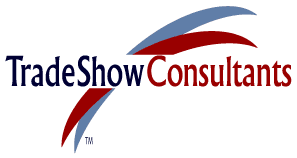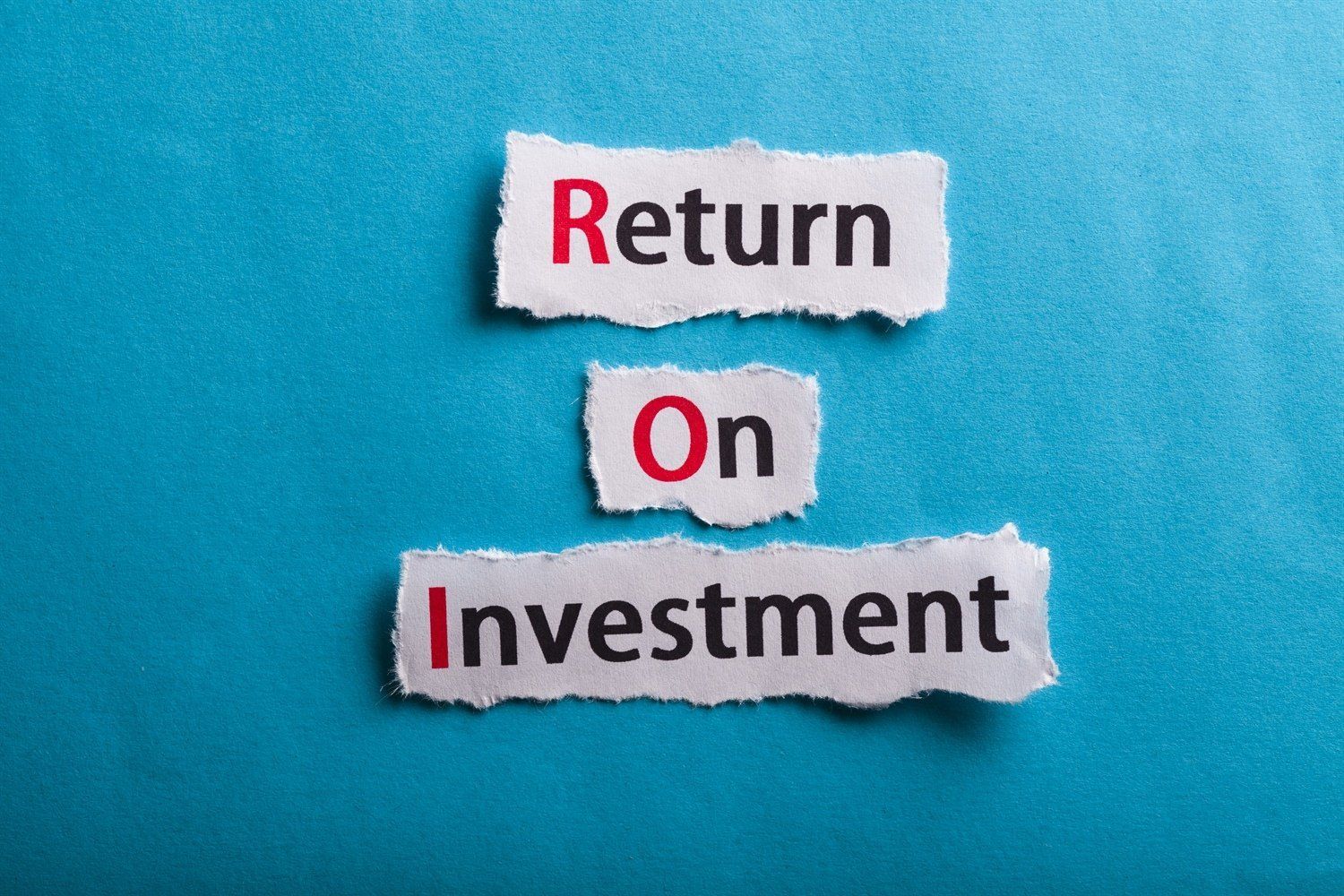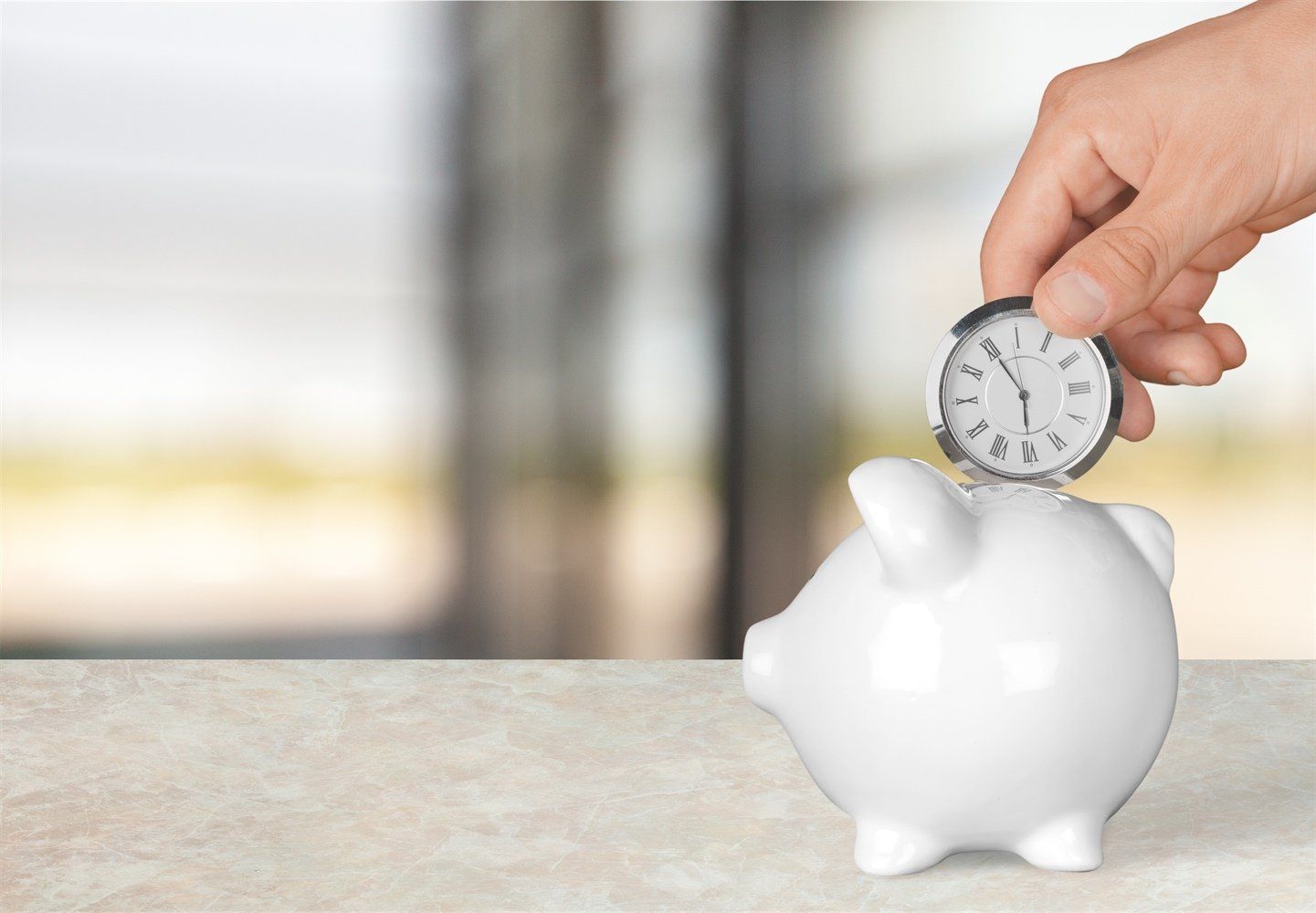Managing Trade Show Sales Leads
The person in a corporation who has the job title of Corporate Trade Show Exhibits Manager is most likely viewed and hopefully appreciated by fellow workers and management as a Jack or Jill of all trades and a wearer of many hats. While under the pressure and critical deadlines of the trade show opening day comes through and gets the job done.
The Jacks and Jills who manage trade show exhibits are acutely aware of the skill and knowledge it takes to plan execute and manage a seamless trade show event. The position’s potential is rich with many additional opportunities to prosper, advance and, if desired, climb the corporate ladder.
Only by carefully considering and appreciating the uniqueness of the trade show environment can one begin to realize the many fantastic opportunities the medium offers the astute, motivated and intelligent manager. Once realized, accepted and acted upon, today’s trade show exhibits manager may simply have to better promote the medium to reach his/her financial and career goals.
Here is an in depth look at those who manage the corporate trade show exhibit function and might feel that they are in need of establishing a loftier vantage point from which to see their future and the future of trade shows in their corporation.
In order to maximize the effective management of the trade show sales lead generating process, it’s first beneficial to understand two marketing communications processes that deal with the development of a customer.
The first process is called the “Purchasing Cycle.” This process identifies six phases of how a customer is developed when graduating from being an unknown to suspect to prospect to customer to user and finally and endorser.
Purchasing cycle: Unknowns - Suspects - Prospects – Customers – Users - Endorsers.
At any selected trade show, the successful exhibitor assumes that a percentage of the total attendance will be their targeted prospects. These people, who at the time are unknown by the exhibitor will be interested in learning more about products and services presented for purchasing consideration.
This exhibitor also understands that suspects are developed into prospects when the unknown attendee shows interest in the company and its products by entering the exhibit and seeking someone to speak with about the product’s features, benefits and value.
The challenge of a physical trade show exhibit is to systematically screen attendees to allow quality prospects to identify themselves while non-targeted suspects to walk on by the exhibit. You do not want non-prospects to waste the valuable time of the booth duty team because the exhibit failed to communicate.
The goal of the trade show should be to generate quality sales leads not useless inquiries that the sales team will not follow up. Forget about the cleaver gimmicks designed to fill the booth with people, its quality not quantity that will make the most dollars and sense to your management and sales and marketing booth duty teams who are asked to support the trade show exhibit program. In addition, remember that exhibits don’t sell product, people do.
Outside sales people are required to transform prospects into customers by often making field sales calls, product presentations and developing or following up on inquiries generated by marketing communications. Sales people will also want to tout a user’s positive experience with the product and encourage them to become active product endorsers. Positive endorsements by satisfied customers/users can greatly enhance the acceptability of product among other suspects and prospects especially at a trade show.
The second process in developing a customer at a trade show understands that a sale is made when a product’s value exceeds its cost and that product value is supported by features while its features are supported by the benefits the product provides the customer.
Product’s Features – Benefits – Value – Price – Purchase - Endorsement
The trade show exhibit presentation succeeds when a form of the above purchasing cycle is employed using both the exhibit and those selected to work the booth to effectively transform attendees that are unknown and suspects into qualified prospects. This is accomplished by allowing the aisle to be seen as neutral territory and one in which attendees are free to travel.
The exhibit’s visual presentation should simply communicate from the aisle: who the exhibitor is, where products are located, simple product features and benefits and clearly identify who to talk with to acquire more detailed information. Assuming that only a small percentage of the total attendance are the exhibitors true prospects, one of the most important jobs the exhibit has is to screen non-prospects from entering the booth.
As an example, an exhibitor at a trade show expects a total attendance of 5,000, yet only 10% or 500 are targeted as important prospects able to purchase in the next 3-6 months. The exhibit must communicate to keep 4,500 non prospects in the aisles and not wasting the time of the booth duty team.
As an experiment, at the next trade show you attend, watch attendees as they walk the aisles and you’ll see them read an exhibit much like they read a printed advertisement. From the top where the ad’s headline is, is the company name. Further down will be product heading with features and benefits and perhaps a graphic image used to convey a theme. The exhibit must also successfully communicate from the aisle as the advertisement in a magazine does or confusion will occur and the targeted prospect will fail to appear.
Once the exhibit does its job of separating and qualifying unknowns and suspects and delivering quality prospects to the booth, the sales and marketing team on duty should be confident that they are meeting real prospects. Any other types of booth visitors should be immediately handed over to the appropriate exhibit support people and not allowed to waste the valuable and limited time of the sales people on booth duty.
Once a prospect arrives at the exhibit, the process of developing a quality sales lead begins with the sales person going through a series of questions to qualify need, budgets and procurement timing. All this information must be clearly documented and saved to be later transferred after the show to the appropriate sales person whose territory the prospect resides in for immediate follow- up and closure.
Because of the technical and management support the exhibitor has available on the show floor the sales team should try to take the sale as far as possible including working up a special trade show quote for the prospect to take home for further consideration.
At the end of each day, all sales leads should be reviewed and actions decided upon in an effort to respond as quickly and completely as possible to a prospect’s request for more detailed information. Knowing that the competition was also asked for additional support materials at the trade show makes it even more necessary to follow up on what was promised.
From a field sales person’s perspective, a quality sales lead generated at a trade show should be viewed as the most highly qualified selling opportunity he/she will receive from the corporate marketing communications/advertising programs. Considering the prospect had time to spend at the exhibit viewing real working products and receiving expert support from management and technicians on booth duty, the prospect should be close to making a purchasing decision.
Conclusion
The exhibit at the trade show should graphically stimulate, inform and separate unknowns and suspects and function to deliver qualified prospects to the booth team. The sales team must convert prospects to customers using real products, technical and management support and develop quality sales leads that can be immediately followed up on by the local sales person.
The sales lead sent to the field should accurately recount the prospect’s experience at the trade show exhibit as delineated by the person on booth duty and allow the local sales person to pick up the sales call where it left off completing the selling process.
When one considers the actual time and cost of making sales calls in the field, the trade show sales lead, when completely understood, managed properly and maximized, can be far and away the most efficient, effective and economical marketing and sales tool for generating sales in less time at less cost than any other form of sales support.













